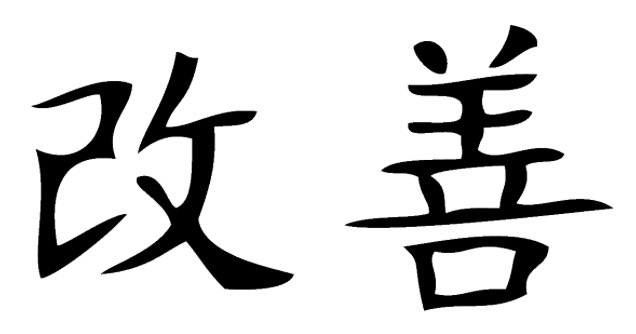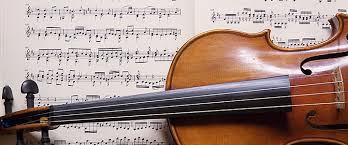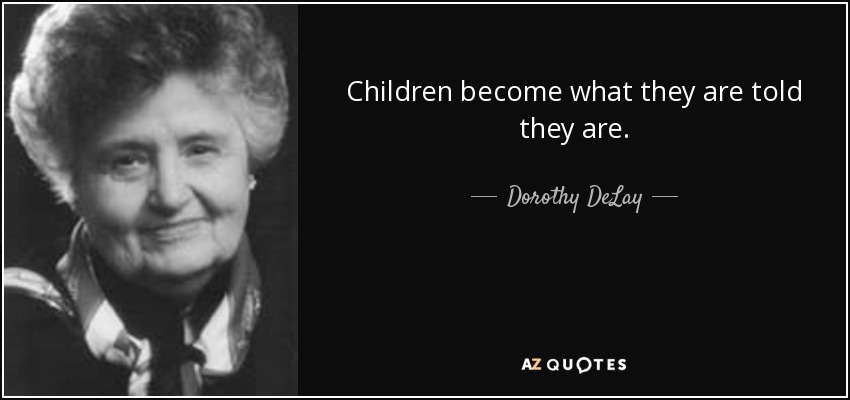
Improving in the Kaizen way
In one of my lessons with Prof. Simon Fischer, I asked him what the fastest way to learn a music piece is. He replied in his unique way: You know Chris, I am a humble person. I start learning a piece by playing the first note. If I play it well, I then play the second note. If the second note is also well-played, I play the first and second notes together. And that’s how I proceed with the rest of the piece. I insisted: Ok, but if you have to learn a piece in just a few days? He replied: Still, this is the fastest way.
This story can describe nicely the concept of Kaizen about which I will talk in this article. Kaizen is a Japanese term, and it means “Continuous improvement”. It is a philosophy that was used in Japanese industries after WWII and especially by the Toyota car company. The whole idea behind Kaizen is the process of improving in small steps as opposed to the idea of innovation that is more about groundbreaking change. In this article I write how we violinists can use the idea of Kaizen in our practicing.
I am sure that every aspiring violinist would like to find the secret that would make them improve their playing in an instant. For example, how to play effortlessly and with great virtuosity. I have been there. I am also pretty sure that such a secret doesn’t exist. Even if a violinist has sometimes a Εureka moment, this is always the result of long and diligent work.
Why to use Kaizen
When we decide to make a transformational change in our playing, or when we try to learn a difficult piece, or when we have lots of repertoire to prepare, our mind perceives all these as a threat and very often fear is triggered. We might call it stress or discomfort or even a feeling of incompetence, but it actually is fear. Our mind fanctions in such a way as to protect us from threats and danger. So, when we want to do something big or something that will change our reality as we know it, the mind perceives this change as a threat, and it makes us to block and retreat. This is the well-known fight or flight response. Of course, not all people are the same. There are people who seek big challenges and turn their fear into excitement.
When using Kaizen, you break every activity in small and easily attainable bits, so you can bypass the fight or flight response and make continuous progress. With Kaizen every bit of your practicing can be felt as a success and your mind feels comfortable because it deals with something easy. All these small bits of improvement add up to a result you wouldn’t believe you are capable of, in the first place.
As Dorothy Delay used to say: Sugarplum, it’s not difficult. It’s time consuming!
The power of questions
I have talked about the power of questions in teaching in a previous article. Questions are very powerful also in practicing. In this case however, the questions are not directed to a student but to yourself. Don’t ask big questions. Ask small and clear questions so your brain will generate clear and easily attainable answers. As a guide, you should use the four categories that consist proper violin playing: Sound, Rhythm, Pitch and Ease. So, for example, you can ask yourself: What is the smallest step I can take in terms of practicing intonation? Or, how can I play this passage with the least effort and maximum result? As a next step, you can combine categories. For example, you can work on a passage using the metronome and at the same time be aware of any unnecessary tension in the body.
It all depends on the level of the student
Kaizen is a method that you should adjust to your own needs and level of playing. The smallest step forward in practicing is not the same for everyone and it doesn’t always have to do directly with the piece you are working on. Sometimes, the next step in learning a work of music can be to practice some etudes that will help master a technique that is required in the piece you are learning.
So, try Kaizen in many different ways until you assimilate the philosophy, and so you can use it in the most effective way.
As always, I would be glad to receive your thoughts and comments.
*The inspiration for this article came from the book ‘Kaizen’ by Robert Maurer.



